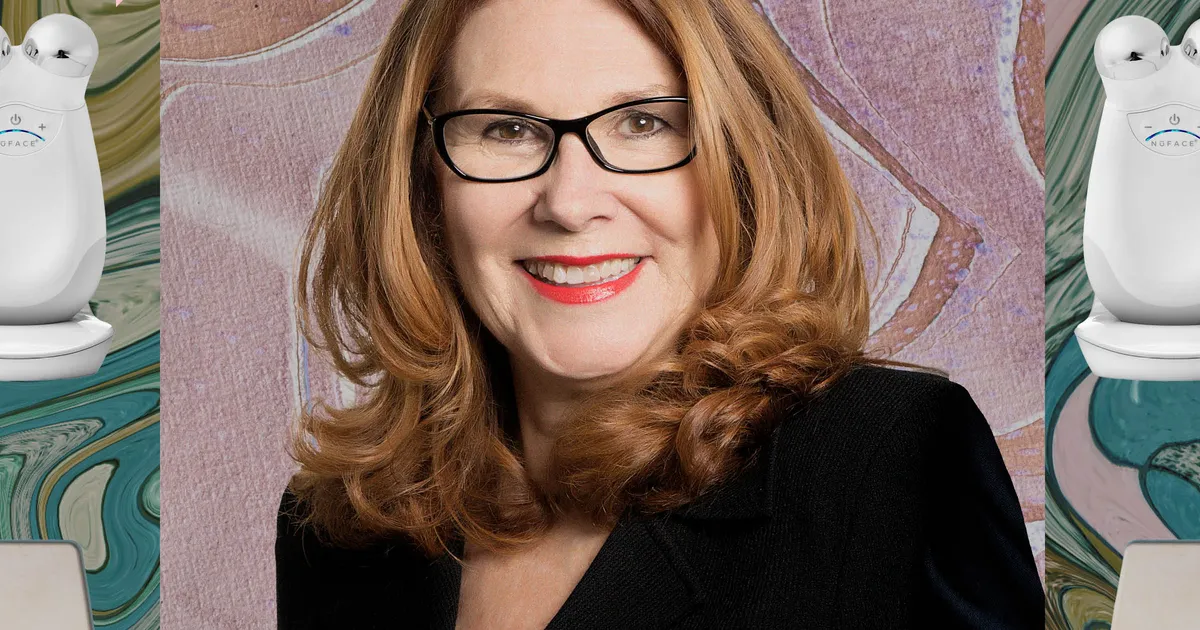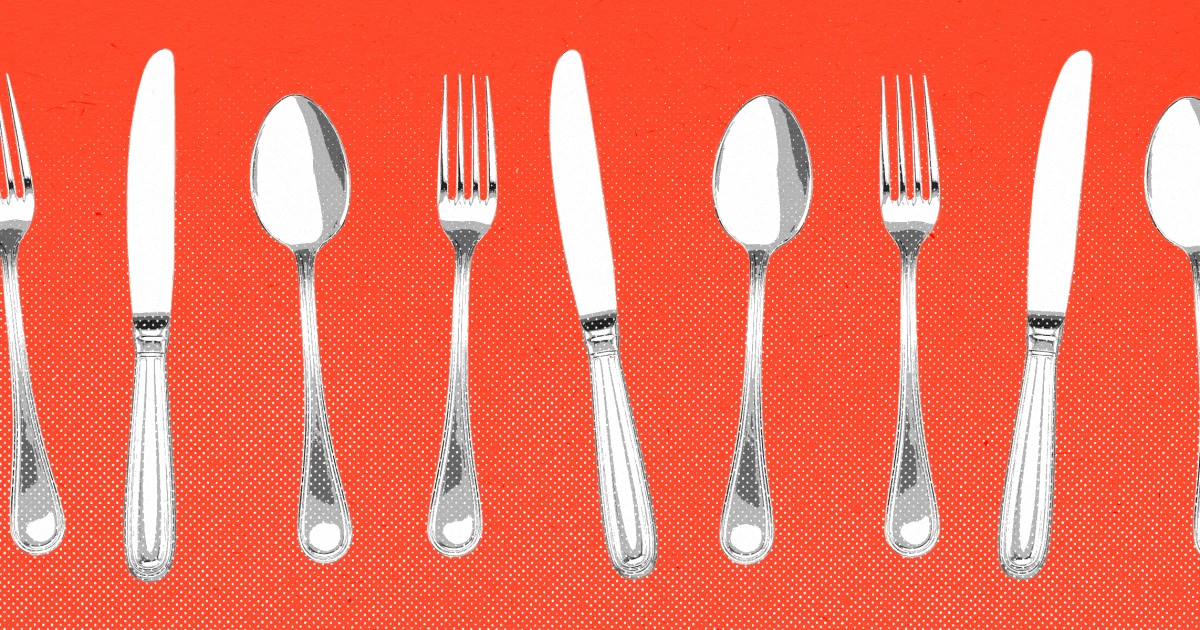Copyright New York Magazine

Welcome to Wrinkles Week on the Strategist, where we’re deeply vetting skin-care solutions for anyone who’s looking to smooth fine lines and wrinkles (or prevent them showing up in the first place). For more, head to our Wrinkles Week hub. As part of Wrinkles Week, we decided to track down the person who designed the NuFace, Carol Cole. The brand has been around since 2005 and has become synonymous with microcurrent. (It’s so backed that we’ve named the mini as one of the best overall microcurrent devices.) When I spoke to Cole, she showed me one of the original designs (much bulkier and heavier than today’s sleeker design) that uses the same technology in the newer models you’ll see on shelves at Sephora and Nordstrom. Below, we talk about Cole’s decades of experience in the spa world, the steps it took to get to the smaller device folks know and love, and how the best-selling Trinity came about. This conversation has been edited and condensed for length and clarity. What inspired the idea for the NuFace? I started working at the Golden Door Health Spa back in 1983. Every person who came to the spa would want something more than skin care that would fix droopy jaws or baggy eyes or sagging skin. I was 33 at the time and didn’t know, but this planted the seed. Fast-forward, I started working at a holistic health center in Santa Monica where they used microcurrent, a low voltage of electrical current, on the skin. It was amazing. I learned that it mimics your own body’s frequency and strengthens the muscles. It’s really the best thing because it builds up the cheeks, defines the jaw, and isn’t invasive. There’s no healing required. It’s this secret weapon that can keep your face looking chiseled. People would see me twice a week for several months and then once a month. Clients were still wanting more, so I thought, Okay, I’m going to get a home-care device. It had the probes just like the professional device, but I realized, too, they didn’t want to work on their face for an hour. That’s when I knew I had to make my own home-care device. I knew that it had to be simple and quick, and it just kept opening doors. How did you land on the design of the first NuFace device? I saw it in my mind’s eye. This was a flow. It was like everything presented itself and we just moved with that. I knew it had to be a handheld device with these spheres on it. It had to be really easy, which was just a turn knob and a nine-volt battery. And you know what? They’re still working today. Isn’t that amazing? The circuit board has never changed. It’s perfect. What did change was the shelf case, which I’ll get into. How did the design of the device evolve? We started with that big, cell-phone-battery-operated device, and what we did is we made it more comfortable, a little bit smaller. We also put this outline around it, so it was smoother and had a nice appearance to it. Then, we started listening to our clients. They wanted something more ergonomic that they could fit in the palm of their hands. We just kept listening. We grew up in the spa world, and we were in over 1,600 salons and spas at the time. We were listening to our customers but also estheticians and spa directors’ clients to give them what they were looking for. Tell me about the Trinity device and why it was the next step in the brand’s evolution? The Trinity came out in 2010, named after me and my two daughters, Tera and Kim, who make up a trinity. When I was using the professional machine, I’d use different wands to work around different areas of the face. I wanted interchangeable heads, so people could do this at home. We came out with the eye and lip attachments with elklike prongs, which gave you more targeted treatments around those circular muscles. We call it the “L” attachment. And I know red light is all the rage right now, but we launched the red-light attachment back in 2012. The Trinity is also when the beep was incorporated, so you know exactly when to move to the next step. Before, when I was working with the big machine, I would count every time I used it. I knew people weren’t going to do that, so I wanted it to be as easy as possible. Saved View Want to be emailed when products you’ve saved are over 20% off? Success! You'll get an email when something you've saved goes on sale. Yes New! You can now save this product for later. Can you talk about the long- and short-term benefits of using the device? After you do a treatment with microcurrent, it continues to lift for the next eight hours. It’s great for reunions or if you know you’re going to get your picture taken, because you know your face will look lifted. And over time, your muscles have memory. So even if you take a break from using your NuFace, those muscles will be built up. In fact, I had a client that came to me for treatments for her daughter’s wedding after I hadn’t seen her in two years. Her face bounced right back. She couldn’t believe it. I love that we’re treating the cause, not the symptom. We’re getting to the cause and we’re repairing that and keeping it in good condition. No skin care in the world can bring everything back up. Skin care is like nutrition, and NuFace is like fitness for your face. The best results come from consistency, like going to the gym. If you go consistently and stop gradually, things start to soften again. But as soon as you pick it back up, your muscles respond quicker. If you haven’t used it in a little bit, it’s okay. What’s the unsung hero attachment? The L attachment. I don’t think people realize that you have circular muscles around the eyes and the lips that lose volume over time. As we age, the lips get thinner and tend to droop and the eyes start to sink in. With the facial-trainer attachment, the spheres are larger, so you can’t really get in and target those muscles. It’s also what really mimics the pro treatment if you went to Carol. What’s your favorite way to use the NuFace? I pucker my mouth for some reason when I’m thinking or driving. I first go in with the LED light and use it around the corners of my mouth to smooth out wrinkles. Then, I go in with the L attachment to strengthen the muscles. I target those same areas around my lips. Then, I like to start on the jawline and glide it up. Then, I do the same thing right on the cheekbone. After, I use it on the brow and hold it right under the brow and wait for the beep. This gives it a lift. Then I glide it up toward my forehead on the sides and in the middle. It just sculpts the whole face. More From Wrinkles Week The Best Clean Anti-Aging Skin-care Routine, According to Experts What’s the Difference Between a $300 and a $1,000 LED Face Mask? What Dermatologist Dr. Michelle Henry Buys at the Drugstore Welcome to Wrinkles Week See All



